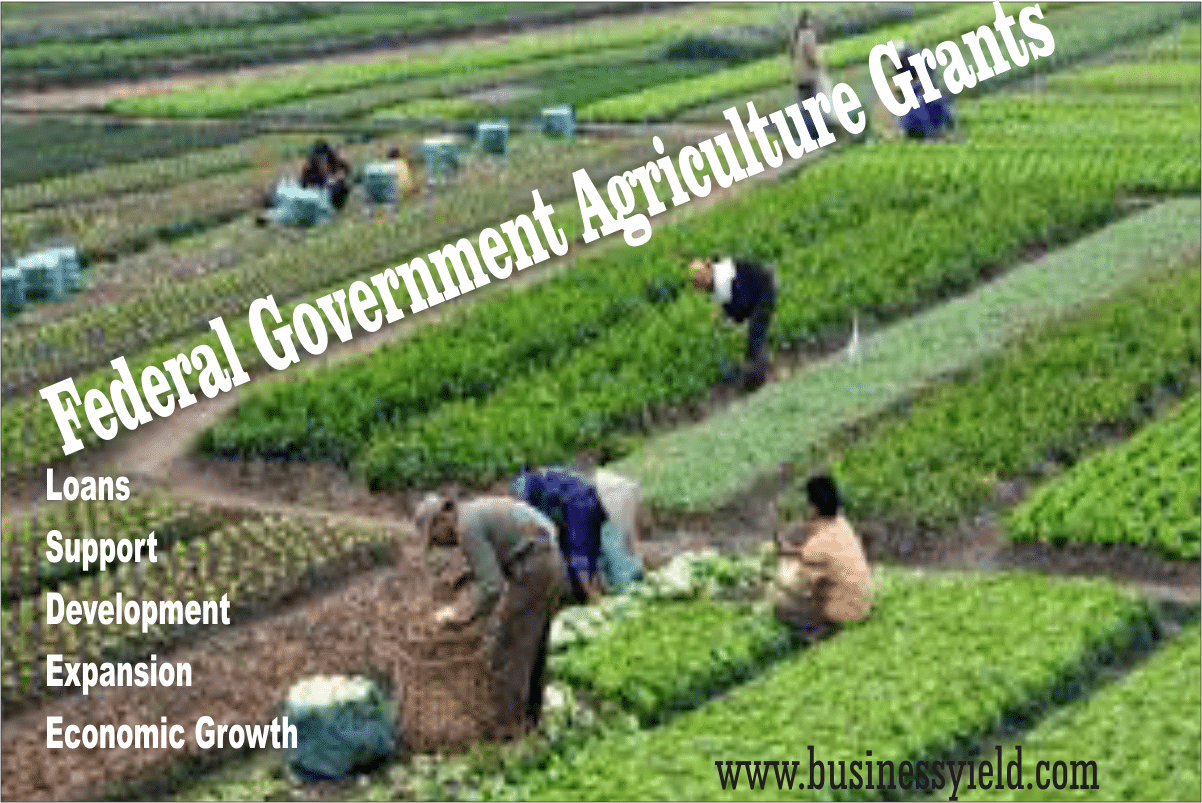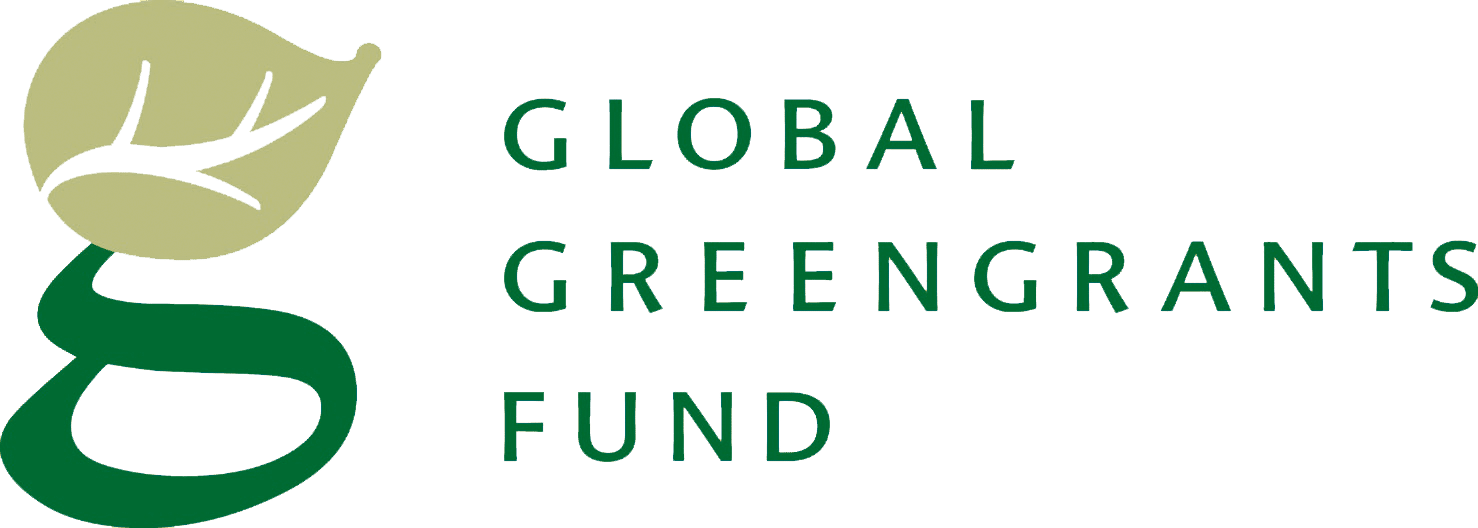Because humans eat virtually every day, hence food ingestion is one of our basic needs for survival. And having it at the reach of everyone is the concern of agriculturists and the government as well. Consequently, the Federal government, being aware of the fact that agriculture is very essential among other sectors of our economy, has consented to impart gratuitously to agriculture by venturing into the Federal Government Agriculture Grants; giving credits both to farmers and agribusinesses. Let’s look at the various Federal Government Agriculture Grants and how to apply for one.
Federal Government Agriculture Grant (Definition):
The Federal Government Agriculture Grants are schemes of valuables and money (loans) given to mainly practicing agriculturists and agricultural societies. It is one of the various government grants available to businesses; both private and cooperative organizations, in Nigeria.
To be a benefactor of these grants, there are processes one needs to pass through. Although, the agricultural grant bodies are considerate, yet it’s not quite easy to secure a grant from them.
List of Federal Government Agriculture Grant:
The Federal Government and Ministry of Finance have predefined legitimate bodies whereby they provide agricultural grants to the public. Here are they:
- Central Bank of Nigeria (CBN) agricultural grants.
- Bank of Agriculture.
- Commercial Bank Loans
- Agricultural Co-operative Societies.
#1. Central Bank of Nigeria (CBN) Agricultural Grant:
The Central Bank of Nigeria gives various grants to a variety of businesses in which agriculture is among them. Furthermore, the CBN ensures a favorable grant with infinitesimal interest rates to farmers in Nigeria.
Nevertheless, there are schemes of the Federal Government agriculture grant under the Central Bank of Nigeria. They are:
- The Commercial Agricultural Credit Scheme: The body is popularly known as ‘CACS’ for short. It covers those participating majorly on export crops, food crops, animal husbandry, crop processing, and saving, alongside the agriculturists that deal on farm equipment and chemicals.
- Other schemes on this project include the Agricultural Credit Guarantee Scheme Fund (ACGSF) and the agricultural credit support scheme (ACSS).
#2. Bank of Agriculture (BOA):
The Ministry of Finance and Central Bank of Nigeria (CBN) control this institute, while the Federal Government presides over them. Also, the Bank of Agriculture gives credit (loans) to the masses with a scrupulous agricultural agenda. To apply for a loan from the Bank of Agriculture, you must meet the following requirements:
- A prove of collateral
- A minimum of six months in operating a bank account with the bank.
- Deposit 20% of the required loan amount into the account.
- Present your entire business goals (plan)
Furthermore, the Bank of Agriculture has categories of loans assured for the public, and they are:
- Small and Medium-sized Enterprise (SME) application loan.
- The Micro Credit Grant
- Ascend and Get More (aka Grow and Earn More)
#3. Commercial Bank Loans:
The Federal Government, alongside the Bank of Agriculture and industrial banks, have in one way or the other worked hand in hand with various commercial banks to aid loan acquisition by farmers. To this effect, farmers can as well apply for loans in commercial banks like UBA, Zenith Bank, GT Bank, FCMB, and First Bank for agricultural loans. The steps involved are:
- Visit any commercial bank around you.
- Have an active account with the bank. Create one with them if you don’t have any.
- Write to them about your interest to get a loan.
- Ensure you have at least 10% of the money you are requesting.
- Provide evidence of collateral and then submit the business plan.
#4. Agricultural Co-operative Societies:
The Federal Government distributes various grants to cooperative societies. In the same way, agricultural societies have the inalienable right to do so as well. The societies share these grants accordingly with their members.
Some agricultural cooperative societies are the Cocoa Association of Nigeria, Agricultural Graduates Association of Nigeria (AGAN), Farm Management Association of Nigeria (FAMAN), and the Commercial Agriculture Development Association (CADA).
To apply for a cooperative society’s loan, the group of individuals is meant to:
- Form a cooperative society and register it.
- Submit a loan application to the CBN, BOA, or any commercial bank.
- A member of the cooperative society must sign the letter (application) bearing the name of the society, the logo, goals, and then submit it.
Many farmers that have applied for the Federal Government agriculture grants have experienced the impact and gained some advantages.
#5. International Fund for Agricultural Development
The International Fund for Agricultural Development (IFAD) is an UN-sponsored financing institution.
The International Fund for Agricultural Building (IFAD) provides agriculture subsidies primarily for capacity development and research in natural resources, as well as related programs to combat poverty in rural regions. They also coordinate these funds on a variety of levels, ranging from national to global.
In addition to agricultural grants, the International Fund for Agricultural Development also provides low-interest loans to developing nations to help with agricultural infrastructure and natural resource management. These loans are only available to member governments of the International Fund for Agricultural Development (IFAD) on terms and conditions that are based on their financial strength. As a result, agricultural groups from these member nations are indirectly eligible. The International Fund for Agricultural Development (IFAD) is an UN-sponsored financing institution.
#6. Regional Fund for Agricultural Technology
The Regional Fund for Agricultural Technology is a platform that provides agriculture grants to stimulate research and technological advancements in the agricultural industry. However, this scholarship is exclusively available to Latin Americans and Caribbean residents.
The Inter-American Development Bank and the Inter-American Institute for Cooperation have also collaborated on FONTAGRO. These two, on the other hand, give administrative and legal support.
Although this agriculture grant’s primary areas include research in:
- Agricultural productivity
- Innovations in agri-food chains
- Agricultural policies
- Institutional strengthening
- Agricultural competitiveness
- Natural resources
However, there are also little diversions into natural and environmental resources-based projects. Plus funding from this grant is usually within the range of US$100,000 to US$500,000 for projects of up to four years.
#7. Alliance for a Green Revolution in Africa
The Alliance for a Green Revolution in Africa (AGRA) is a grassroots movement in Sub-Saharan Africa that funds agricultural research, capacity building, and field operations. AGRA’s goal is to provide agriculture grants to help small-scale farmers improve their operations.
The Bill and Melinda Gates Foundation, in conjunction with the Rockefeller Foundation, developed AGRA. However, money from African national governments, foundations, financial institutions, businesses, and other sources is infrequently received.
The AGRA program’s focus areas, however, are as follows:
- Agricultural development and research
- Enhanced agricultural seed
- Soil health and fertility
- Improved markets
- Strengthened agricultural policies
- Unwavering Support from farmers organization
- Innovative financing
But while funds disbursed by AGRA are not fixed, a more substantial part of these grants are usually within the range of US$100,000 and over a million dollars.
#8. Nestle Foundation
The Nestle foundation focuses on providing agriculture grants for research in the following areas:
- Child and Maternal nutrition
- Agricultural development (especially in areas like food policies, food production, and food technology)
- Macro and Micro-nutrient deficiency
- Nutrient imbalances
- Interactions between infection and nutrition
- Promotion of nutritional education and health.
Also, the foundation supports research proposals that are beneficial to develop countries.
Read more about Top agricultural grants for businesses.
How to apply for Federal Government Agriculture Grant:
In other to enjoy the Federal Government agriculture grant, here are easy steps to the application.
- Search for available Federal Government agriculture grants online, and their offices around you.
- Join agricultural societies or go to any of the banks listed above if you meet the requirements.
- Declare your interest by specifying the amount you need, why you need it, how to use it, and the benefits that lie ahead. You can engage the grant proposal scheme for your application.
- Check the outcome of your application.
- Be very active and transparent in relative matters and news about the Federal government agriculture grants.
Top Agriculture Grant Funding Programs in the US
The following are some of the most popular agriculture grants/programs in the US. However, this covers both loan and grant options available to any farmer out there.
#1. Farm Loans
FSA provides direct and guaranteed farm ownership and operating loans to family-sized farmers and ranchers who are unable to access commercial credit from a bank, Farm Credit System institution, or another lender. Loans and sometimes, grants from the FSA can be used to buy land, animals, equipment, feed, seed, and supplies. Loans can also be used to build structures or improve farms.
#2. Rural Development Loan and Grant Assistance
USDA Rural Development works with rural communities to fund programs that assist rural America with housing, community amenities, business guarantees, utilities, and other services. In order to promote excellent jobs in rural areas, the USDA provides technical assistance as well as financial assistance to rural firms and cooperatives. By involving rural America’s entrepreneurial spirit in the creation of renewable energy and energy efficiency improvements, Rural Creation advances the President’s National Energy Policy and, ultimately, the nation’s energy security. Low-income people, state, local, and tribal governments, as well as private, nonprofit, and user-owned cooperatives, work with Rural Development.
#3. Housing Assistance
Through a combination of loan, grant, and loan guarantee programs, the USDA helps low- and moderate-income rural Americans become homeowners. Individuals can also utilize the money to undertake important house improvements, such as making their homes more habitable, safe, and sanitary. Rural Rental Housing Loans are available through USDA Multi-Family Housing Programs to offer affordable multi-family rental housing to low-income, low-income, and moderate-income families, the elderly, and people with disabilities. In addition, qualifying families may be eligible for rental assistance.
Through a combination of loan, grant, and loan guarantee programs, the USDA helps low- and moderate-income rural Americans become homeowners. Individuals can also utilize the money to undertake important house improvements, such as making their homes more habitable, safe, and sanitary. Rural Rental Housing Loans are available through USDA Multi-Family Housing Programs to offer affordable multi-family rental housing to low-income, low-income, and moderate-income families, the elderly, and people with disabilities. In addition, qualifying families may be eligible for rental assistance.
#4. Beginning Farmers and Ranchers
The USDA, through the Farm Service Agency, makes direct and guaranteed loans direct and guaranteed farm ownership (FO) and operating loan (OL) monies to beginning farmers and ranchers.
#5. Livestock Insurance
USDA can help farmers manage their business risks. The goal of the USDA’s Risk Management Agency (RMA) is to promote, support, and regulate suitable risk management solutions in order to protect and increase the economic stability of agricultural producers in the United States. As part of its responsibility, RMA manages and supervises the Federal Crop Insurance Corporation (FCIC).
Insurance Services, Product Management, and Risk Compliance are the three sections of RMA. Seventeen private-sector insurance companies sell and service the products. Premium rates are set and/or authorized by RMA, which also oversees premium and expense subsidies, approves and supports products, and reinsures businesses. RMA also finances risk-related conferences as well as educational and outreach projects.
FAQ
Does CBN give loan?
CBN offers new loans to Nigerian graduates to ‘fight unemployment’
What is agricultural credit guarantee scheme?
The ACGSF was established by Decree No. 20 of 1977 and started operations in April 1978. The Fund guarantees credit facilities extended to farmers by banks up to 75% of the amount in default net of any security realized.
Does TCF Bank give personal loans?
Personal loans are used for planned or unexpected expenses such as medical and dental bills, debt consolidation, legal expenses, home repairs, and more. It’s easy to make a payment on your TCF personal loan.






